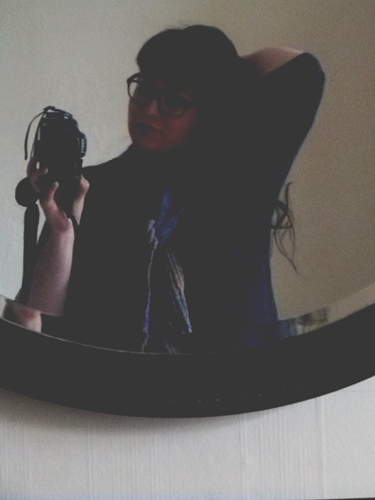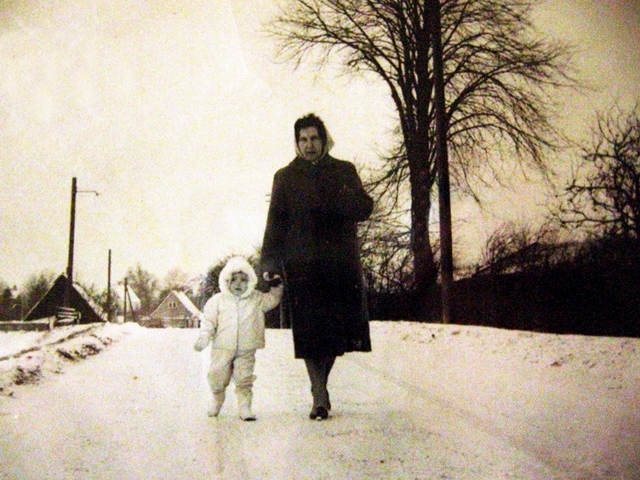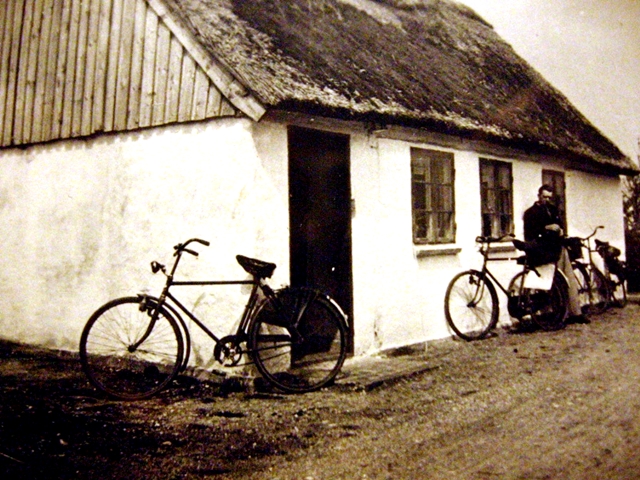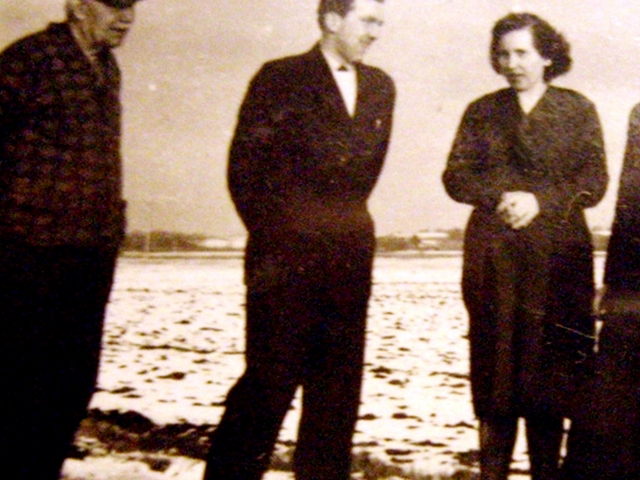Mental health is something people find difficult to talk about, although it is getting better. When I mention that I am currently in therapy, people will ask me in a very gentle voice: are you okay? And I have to reassure them that I am actually okay. Therapy is making me a lot better than I’ve been my entire life. My husband tells me that I am less brittle than before and my friends tell me there is a calmness about me that I didn’t have before. Being in therapy does not mean I am broken, but rather that I am learning to be kind to myself and strong.
I might as well tell you some of the reasons why I sought therapy. Since I was seventeen, I have been living with depression and anxiety. Some years have been relatively good, other years have been a struggle. The good years were calm years; years where I could exist quietly and enjoy the simple things in life. The bad years were the dramatic ones: falling ill, graduating university, moving to Scotland, losing a close relative, and even being busy with work. The more I pushed myself, the worse I felt.
And so this year I decided to do something about it all. Rather than carry on and putting band-aids on whatever wound I was carrying, it was time to clear out the wound and figure out how to live. This is the best decision I have ever made. I am actually okay now. Therapy is making me a lot better than I’ve been my entire life.
If my family had been religious, you might have said that I grew up in a cult or a sect. We lived quite remotely, and my social life was strictly monitored. I wasn’t allowed friends in the local town nor was I allowed to participate in any after-school activities. I was fifteen until I was allowed to choose my own clothes, and even then some clothes would “disappear” from my closet because they weren’t proper. My beloved dog disappeared too without me being able to say goodbye. These “disappearing acts” would continue well into my twenties long after I had left home. Food was regulated too and was often the source of much strife. Once someone served a pizza as a family meal, and the fall-out could be felt for weeks. I spent most of my early life being as unobtrusive and pliant as possible, trying to follow the rules as best I could, though they would often change overnight.
But it was also an incredibly creative family. Uncles played in a band or painted murals; others took up oil painting or lithography. The women in my family were exceptionally talented with their hands: I learned to dress-make, knit, crochet, cross-stitch, cook from scratch, fillet a fish, and make jam - all before I turned nine. All my life I have chosen to focus on the positive aspects of my upbringing rather than the negative ones. I filtered out all the neglect and abuse, and tried to tell myself that all these people were interesting and complex rather than dwell on what they did to both me and other family members.
And some of them did very awful things.
When I left home and met people outside of my family, I learned that there were other ways of living. I did not have to ask for permission before going to see a film or buying a pair of jeans. Families could actually enjoy spending time together and not be locked in a constant battle for power (sometimes over as something as mundane as who got the best cardboard boxes out of the local supermarket). I found friends who became my Chosen Family (and I still love these people to bits). Looking back, my family expected me to return to the fold after I graduated. I did not, and my decision to stay in Copenhagen filled me with guilt. I continued to be drawn into family strife (allegiances would forever shift; I was not allowed to paint my own kitchen; things would always disappear; I had to be nice to family members whose presence made me nauseous).
And then I fell in love with David and moved to Scotland.
I have spent the last six months piecing together what happened to me growing up. The brain has an ability to shelter us from trauma and there are memories I’ll never be able to access (oh wow, I’m grateful for that because I know exactly what those memories are about). And I am really, really okay now. I look at the face of young Karie, and I wish I could have told her that she’d grow up to be a remarkably strong young woman; that she would escape all the terrible things; and that she’d end up happy in a far away country. I’ve read books about dysfunctional families, cult survivors, and various psychological conditions with which family members have now been diagnosed. I have learned so much and I have done a lot of hard work on myself. It’s been all-consuming at times, but this has been a lifetime in the making.
Speaking of making, I was worried for a long time that I would not be able to come back to Making Stuff because my earliest memories are so intertwined with my family background. Could I ever enjoy knitting or cooking again? After several months of therapy, I finally began to realise that Making Stuff is an integral part of who I am and that I have always used it to express myself. It has nothing to do with who taught me my skills.
Are you okay? Yes. Yes, I really am. For the first time in my life.


















